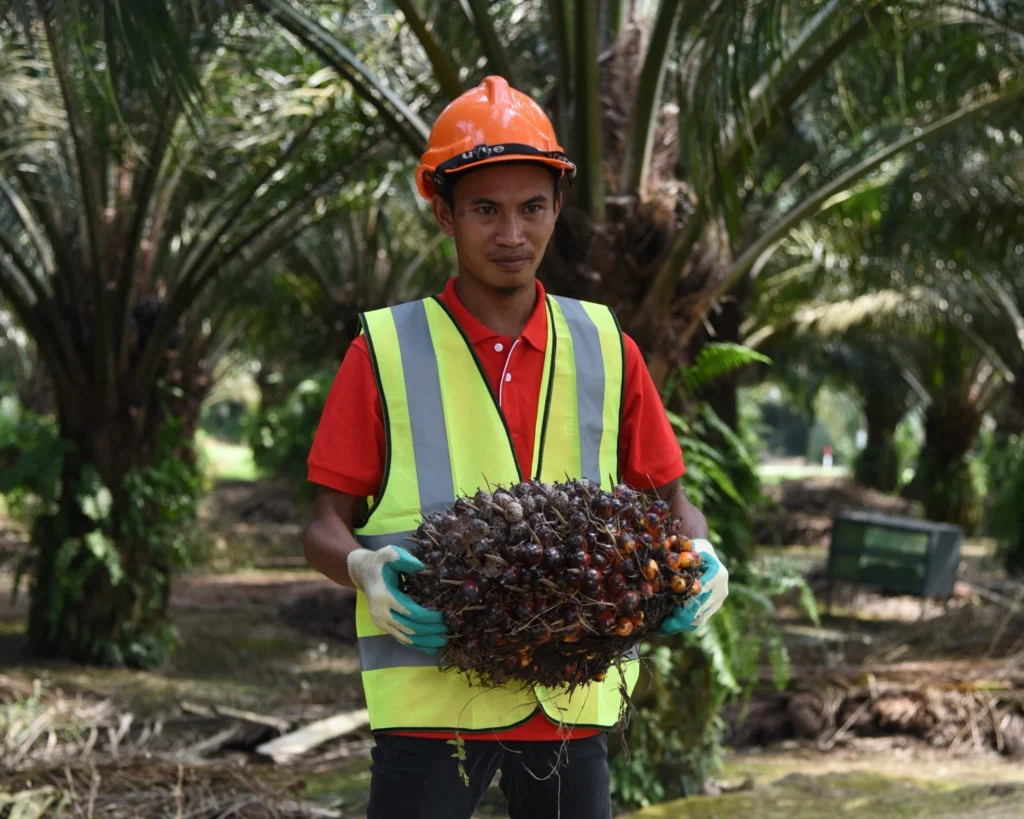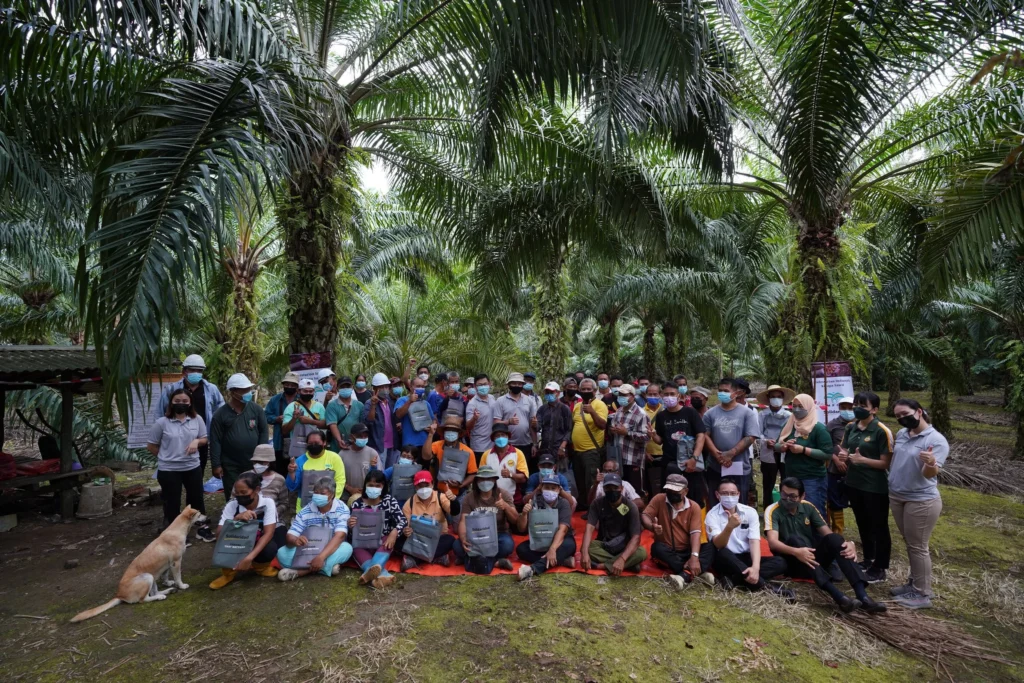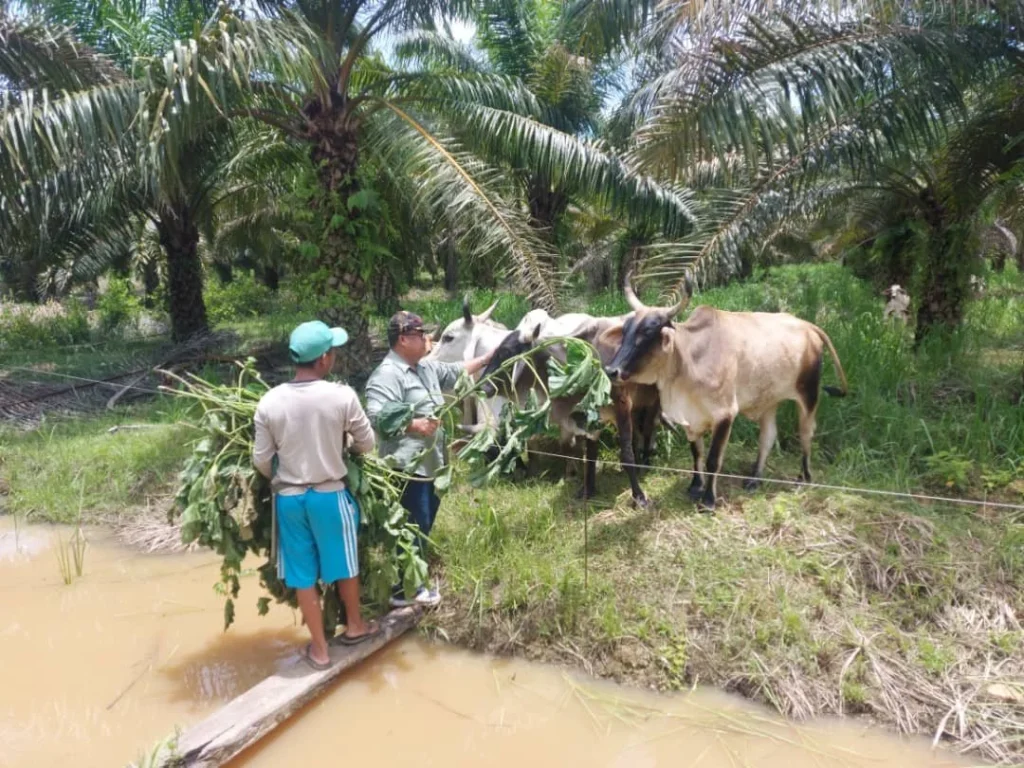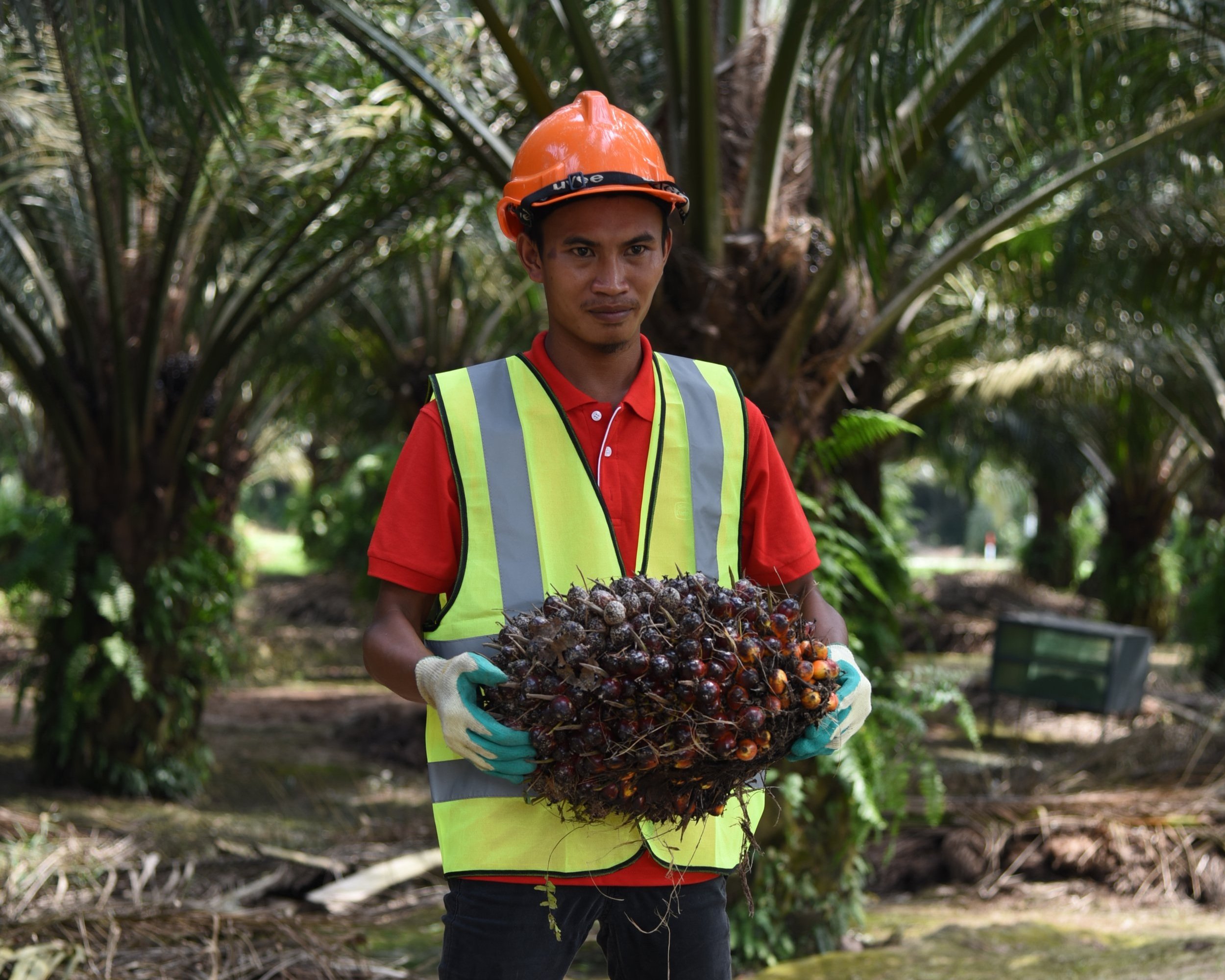
The 26th
UN Climate Change Conference of the Parties (COP26)
in Glasgow, UK was concluded on 13 November 2021 with an agreed goal to secure global net zero emissions and to keep worldwide temperature increase limited to 1.5 degrees Celsius compared to pre-industrial levels.
The conference includes 120 world leaders and people from government, civil society, business, and youth movements. The annual conference began in 1992 initially to stabilise levels of greenhouse gas emissions in the atmosphere.
A breakthrough happened in 2015 when the Paris Agreement was adopted by 196 parties, the first time a binding agreement was reached that brought all nations into a common cause to undertake ambitious efforts to combat climate change and adapt to its effects. The pledge to limit global warming to 1.5 degrees Celsius began with the Paris Agreement.
During the recent COP26 conference, the British and United Nations hosts have said that they want to keep hope alive to constrain global temperature rise to under 1.5 degrees Celsius, which is the threshold beyond which scientists say the dangers of global warming will grow immensely. The risks of exacerbated increases in global temperature beyond the threshold include deadly heatwaves, water shortages, crop failures, and ecosystem collapse.
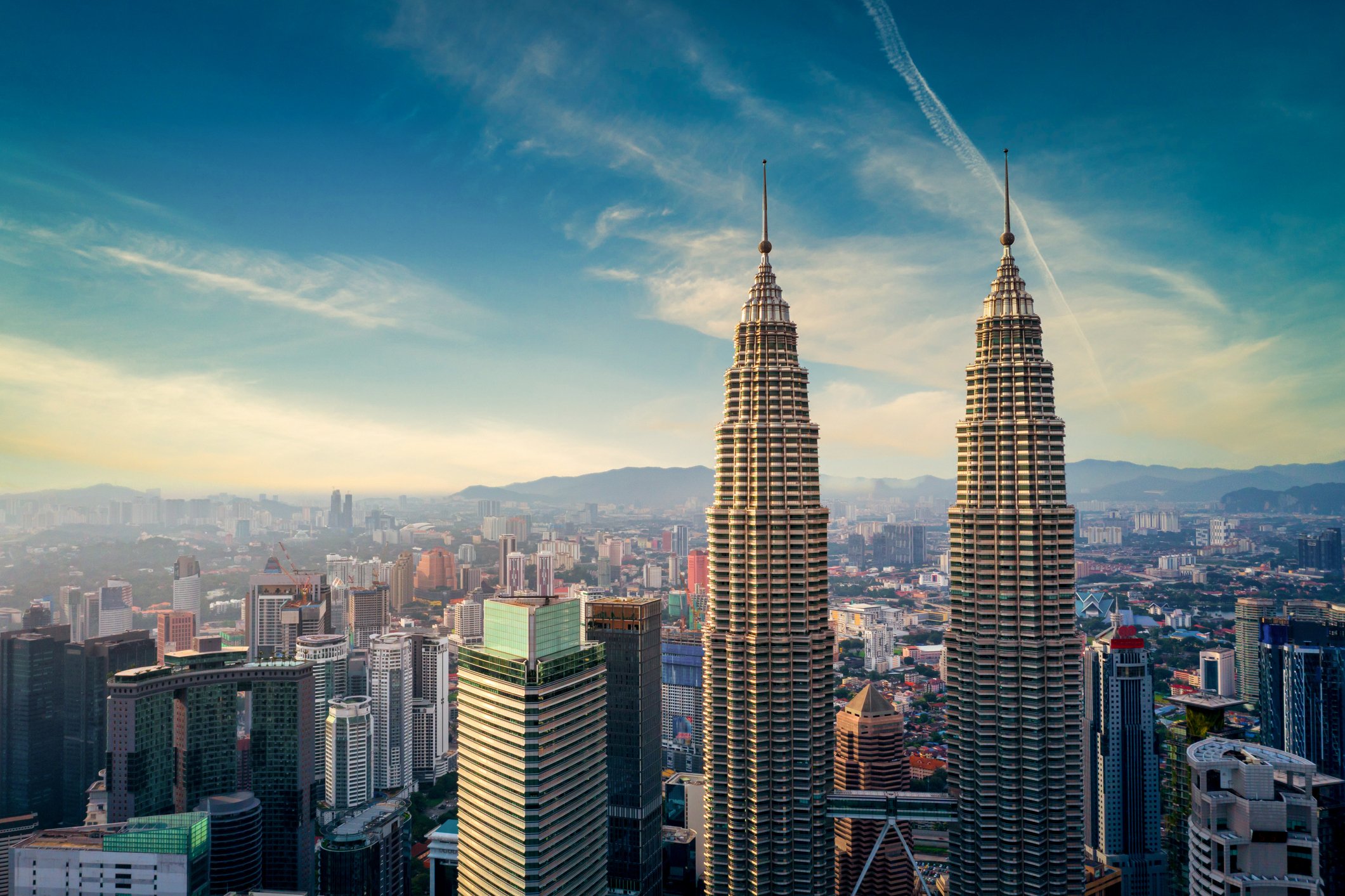
Emissions in Malaysia
Based on historical data, Malaysia is not a significant contributor to climate change. 23 countries including developed countries and major oil-producing countries are responsible for half of all historical emissions.
Malaysia is in a group of over 150 countries that are responsible for the other half. Our annual share of global CO2 emissions in 2020 is
0.78%
. The country’s CO2 emissions per capita increased from 1.33 tons per capita in 1971 to 7.98 tons per capita in 2020 with an
average annual increase of 3.87%
. Industries that have been recognised as the greatest contributors to emissions in Malaysia are energy, waste, heavy industry, agriculture, LULUCF (Land use, land-use change, and forestry), and transport.
Malaysia is a signatory of the Paris Agreement as well as the COP26. In Glasgow, we have agreed to participate in the Methane Global Pledge, the Glasgow Leaders’ Declaration on Forests and Land Use, and The Global Action Agenda for Innovation in Agriculture.
Malaysia’s commitment to reducing carbon emissions started 15 years ago when several policies and strategic plans were launched to redirect the country toward a less carbon-intensive future. Among the key developments are the
National Biofuel Industry Act 2007
to promote palm biodiesel, the establishment of the Sustainable Energy Development Authority (SEDA) to promote the use of renewable energy in power generation.
To improve forest management, the
Natural Resources Conservation Trust Fund
was established in 2013 with the aim to carry out reforestation and enhance measures to reduce illegal logging. Malaysia has also committed to ensuring at least 50% of land remains forested. As part of this policy direction, the MSPO (Malaysia Sustainable Palm Oil) certification scheme was launched in 2015 to ensure environmental sustainability in oil palm plantations.
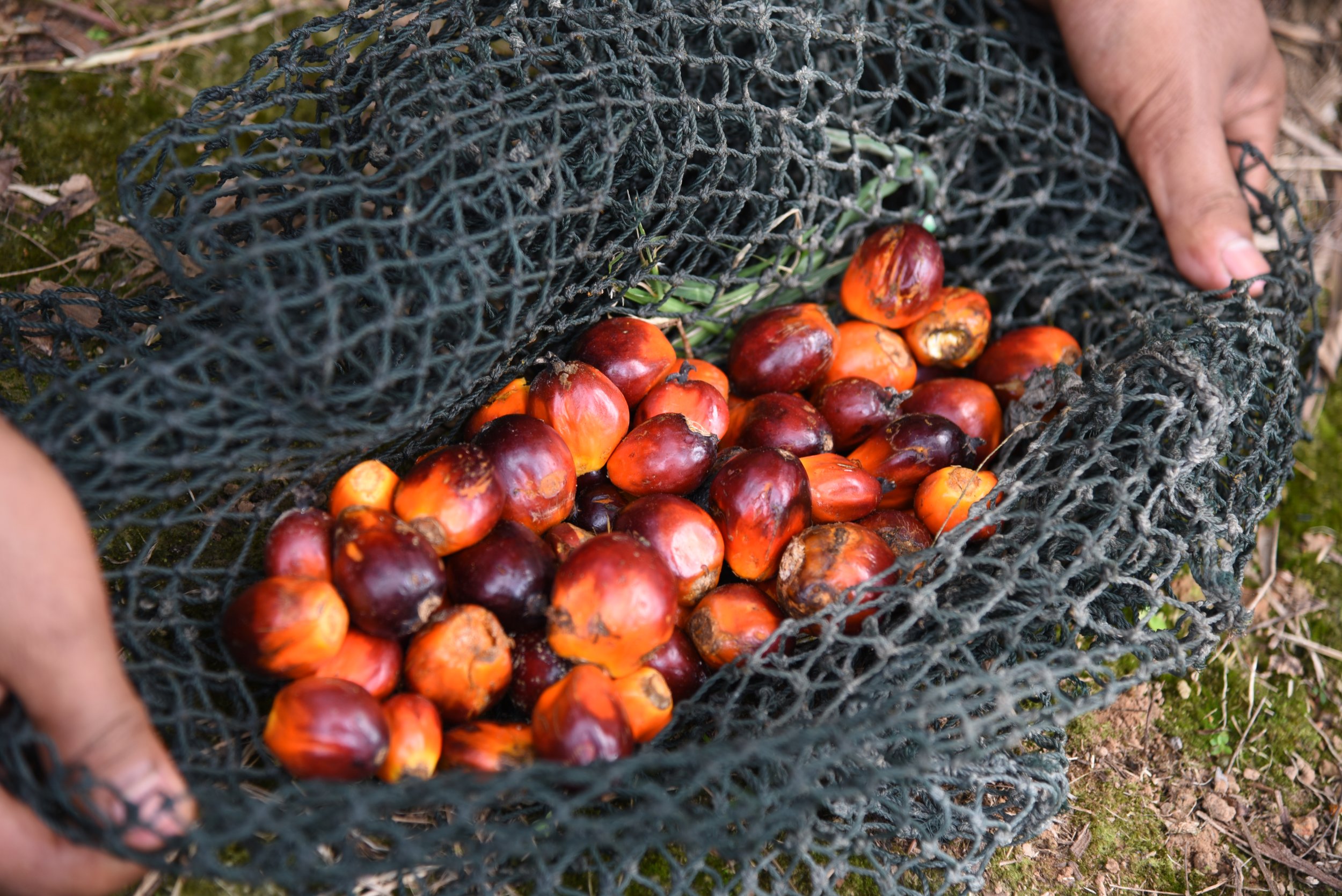
The Role of MSPO
The MSPO certification process is based on
seven key principles
. Oil palm plantations and refineries must meet the criteria listed in each principle to be certified.
To ensure sustainability, the fifth principle focuses on Environment, Natural Resources, Biodiversity, and Ecosystem Services. Among the criterion under the fifth principle is the reduction of pollution and emission as well as zero burning practices.
The process of certification is a fundamental factor in reducing emissions in palm oil plantations. A recent paper presented by Dr. Maria Vincenza Chiriacò from CMCC (Euro-Mediterranean Centre on Climate Change) reports that sustainable palm oil has an average emission of 0.45 metric tonnes of carbon dioxide equivalent per tonne (MT CO2eq/MT) compared with 2.89 for soy, 2.47 for rapeseed and 1.18 for sunflower. Malaysian palm oil production was further distinguished with emissions of only 0.38 MT CO2eq/MT.
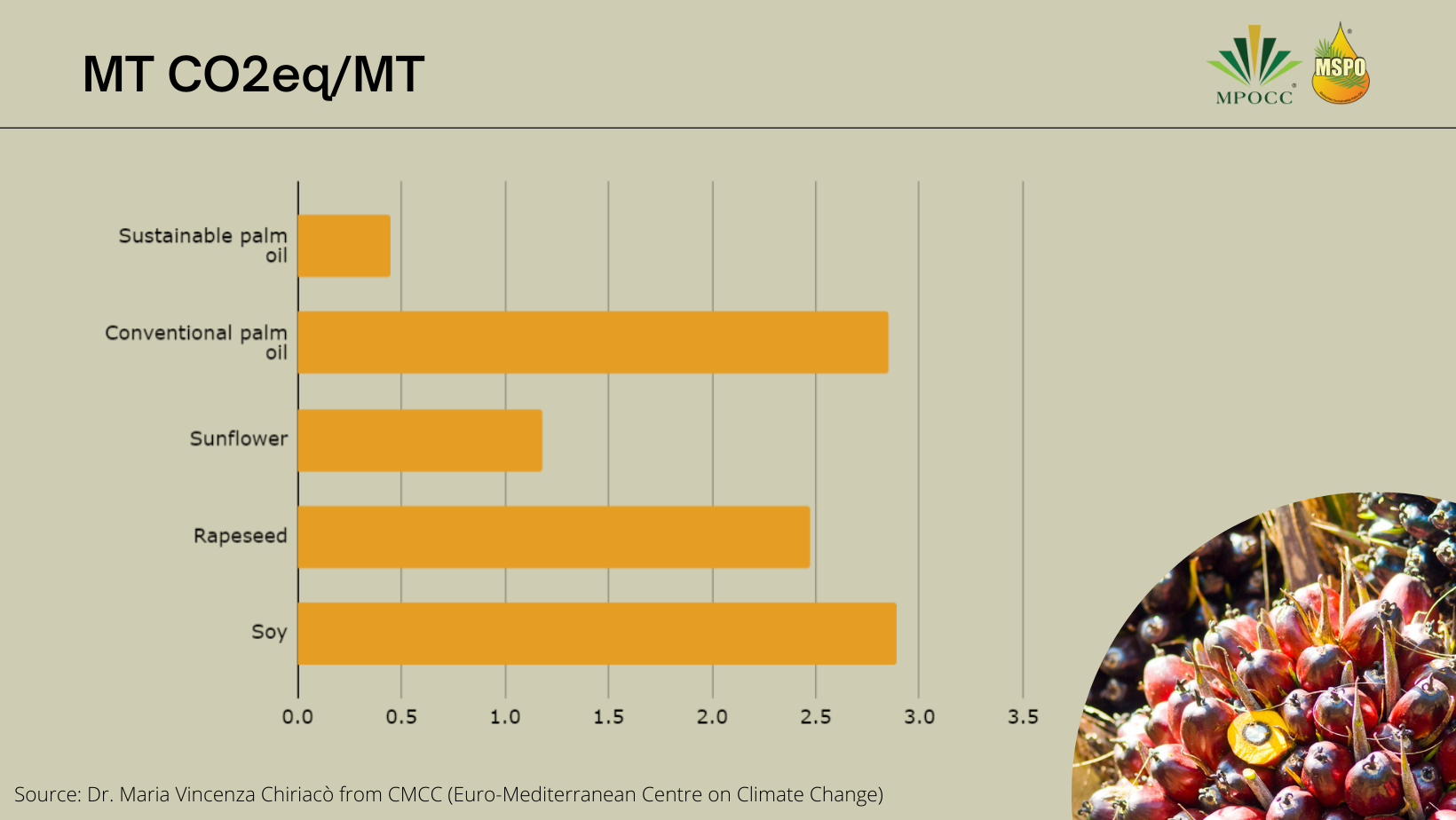
Among the key practices that can be used in the palm oil industry to reduce emissions are as follows:
-
Biogas capture to reduce emissions of carbon dioxide, nitrous oxide, and methane emissions from downstream activities
-
Using biomass and biogas as a fuel source for energy generation
-
Limiting deforestation and reducing peatland degradation

Looking Forward
Ahead of COP26, Prime Minister Datuk Seri Ismail Sabri Yaakob announced on Sept 27 that
Malaysia was committed to its target of becoming a carbon-neutral nation as early as 2050
. In addition, the Prime Minister has pledged to reduce the intensity of greenhouse gas emissions across the economy by 45% based on the GDP in 2030.
MSPO-certified plantations and refineries are a key part of this plan and reaching 100% certification is integral to helping Malaysia meet its pledges. While net-zero emissions palm oil will not make a significant direct impact on mitigating the global effects of climate change, it will serve as an example to agricultural industries in other countries that it is possible to link environmental sustainability with economic growth.

